Chicago Fed President Charles Evans said, “I suspect that it might be 2024 before we actually raise the interest rate target.” “Inflation is going to be the real test for whether or not it’s time to lift off.” A burst of inflation for six months is “not nearly enough,” he added. “Patience is something we are going to have to grapple with, probably”. “We should be comfortable with a sustainable 2.5% inflation rate for a year; I don’t really get nervous until it starts creeping up to 3%, and even then, I’d like to know how that’s how that’s being achieved,” Evans said.
Separately, Richmond Fed President Thomas Barkin said there will be a “spike” in inflation this year, and “the numbers are hard to doubt”. But, “I do think you’ll see a return closer to normal next year, and then we’ll go from there. … You’re not going to see extended fiscal stimulus next year, you are not going to see these supply chain disruptions next year, and so some of the things that will be driving prices this year just won’t be in the mix next year.”
Atlanta Fed President Raphael Bostic said “we are always on the lookout for runaway inflation, but right now we are just not seeing it.”




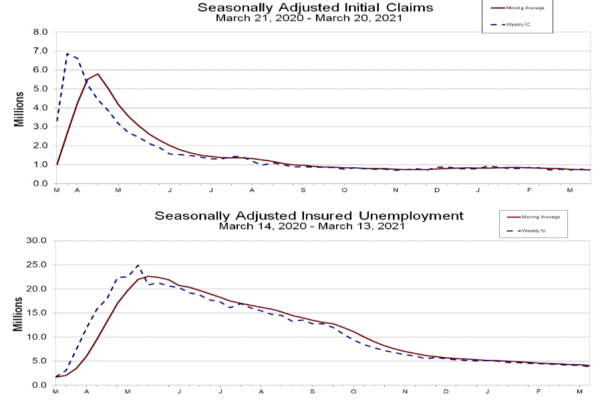
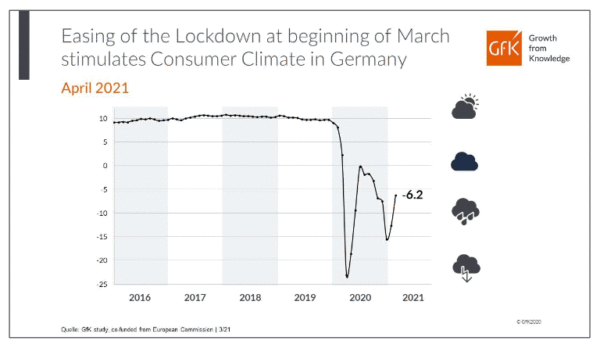

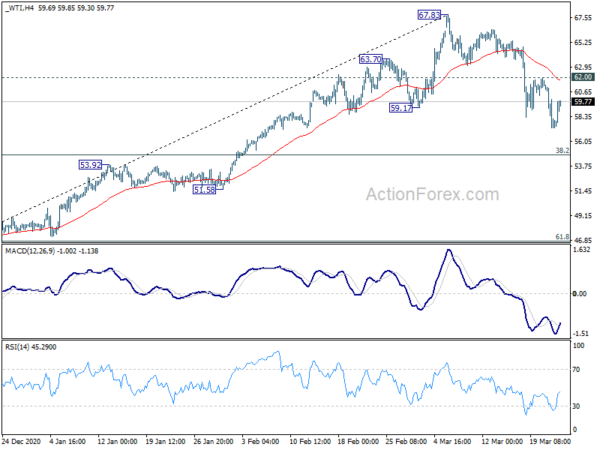
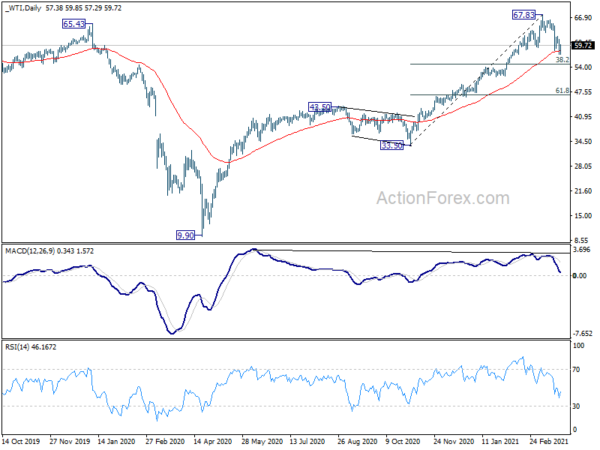
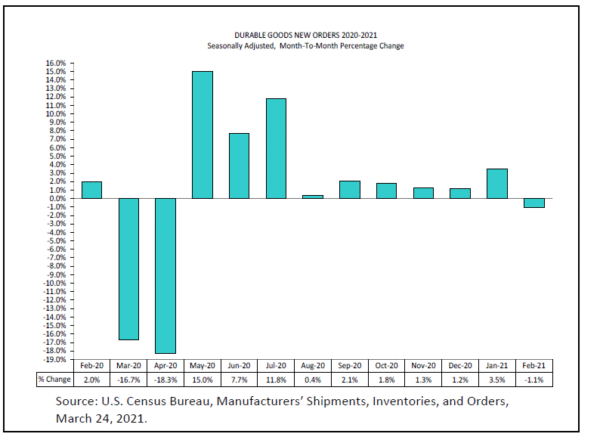
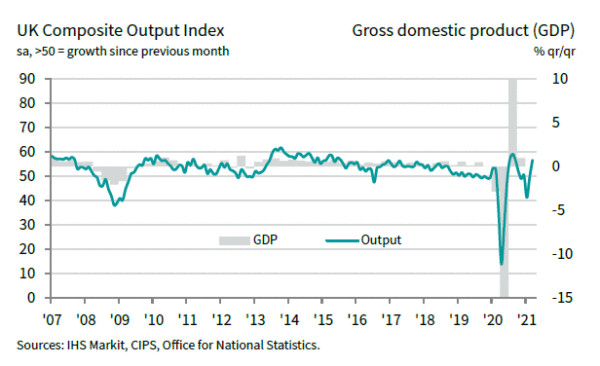
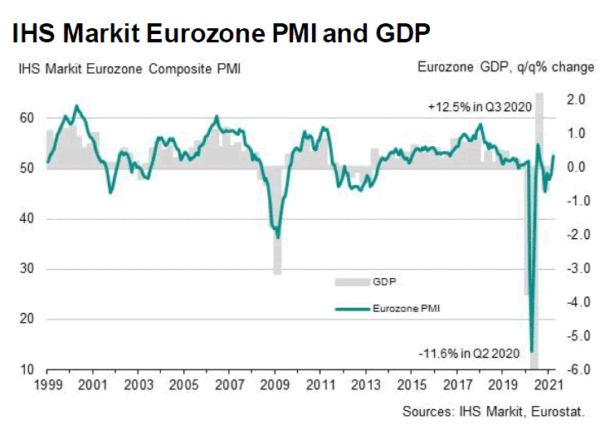
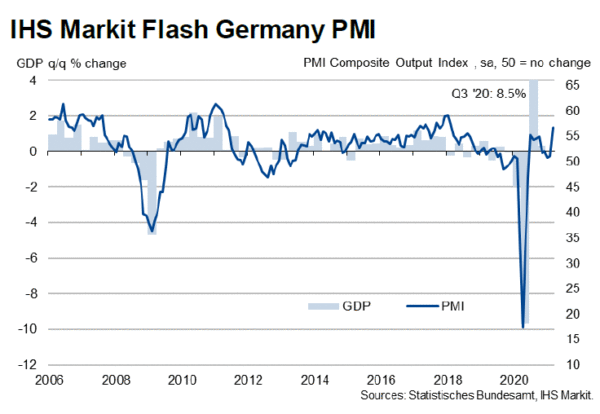
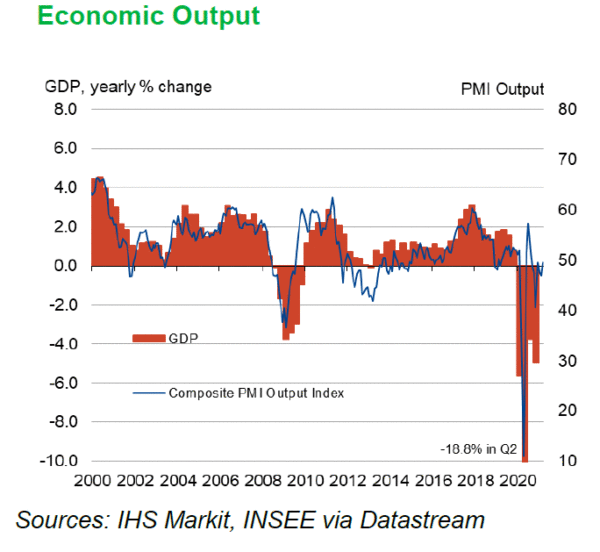
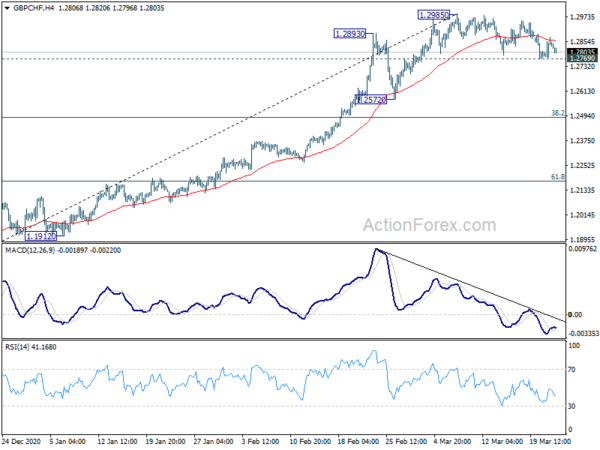
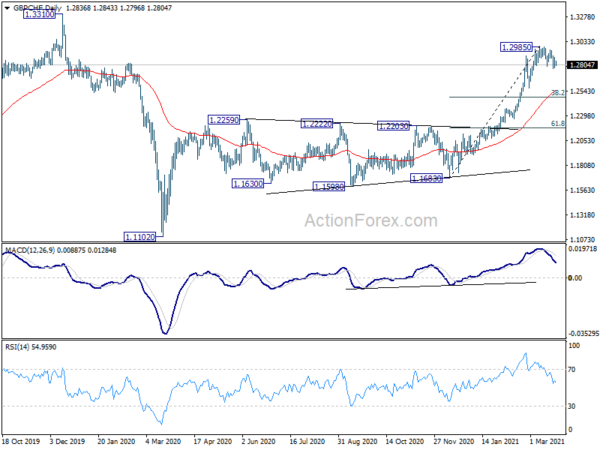
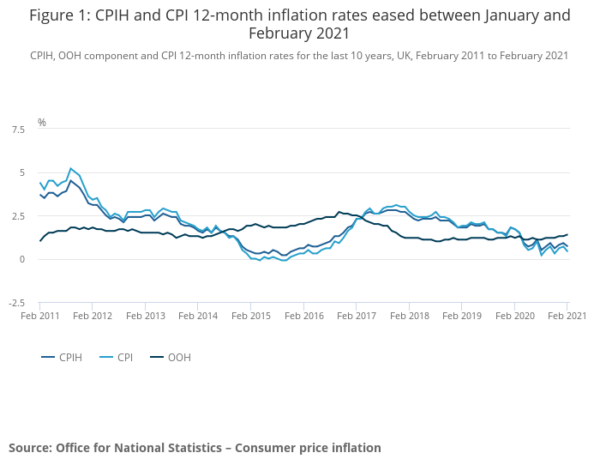

UK retail sales rose 2.1% mom in Feb, down -6.3% in the past three months
UK retail sales rose 2.1% mom in February, after the steep -8.2% fall seen in the previously month. Annually, sales was down by -3.7% yoy. In the three month so February, sales dropped -6.3% 3mo3m, with strong decline in both clothing stores and other non-food stores.
Full release here.